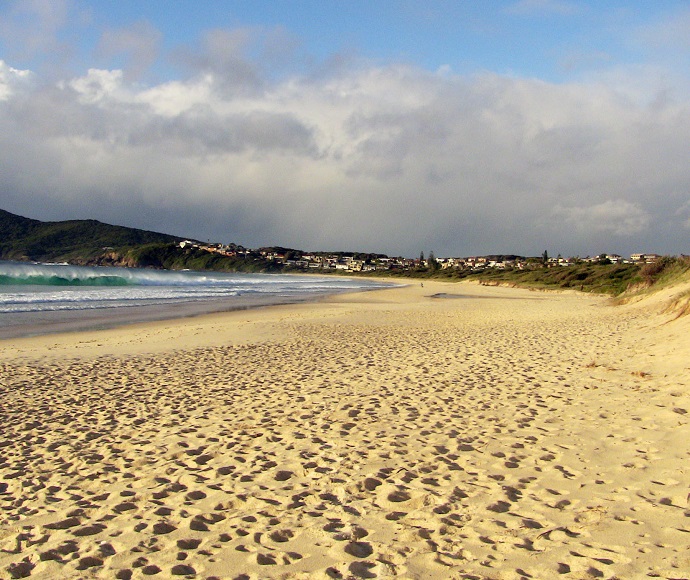NSW’s gold standard climate projection modelling has been adopted interstate, ensuring a consistent approach to climate science and information.

The newly named NSW and Australian Regional Climate Modelling project (NARCliM) now reaches from Sydney to Perth.
The world class project, led by the NSW Department of Planning and Environment (DPE), includes the ACT, South Australia and Western Australia and contributions from Murdoch University and the University of NSW.
NARCliM uses the expertise of data specialists, climate scientists, modellers and science communicators to help governments, business, scientists and the community to better anticipate, manage and act on climate risks.
“The NARCliM partnership expands on the existing NSW and ACT Regional Climate Modelling Project which began in 2011 to develop high-resolution regional climate projections,” said Matthew Riley, NSW DPE Director Climate and Atmospheric Science.
“This important work helps NSW prepare for and build resilience to climate change. It allows us to better understand climate risks and natural hazards in NSW both now and into the future. NARCliM is helping NSW to address overall climate change risks through the NSW Intergenerational Report and strategic plans such as the State Infrastructure Strategy.
“Through our work we are also leading national efforts to ensure a consistent approach to developing regional climate projections.
“The interstate partnerships recognise the importance of collaboration across states and research bodies and NSW DPE’s leadership, expertise and experience in climate science.
“By working together we can ensure our stakeholders have the best available climate science and information for estimating likely impacts posed by a changing climate and opportunities to adapt.”
Mr Riley said the international best-practice work of DPE’s highly-regarded climate scientists and their cross-jurisdictional partners provide critical information for regional decision-making.
“The Department’s climate scientists are already working on the next generation of regional climate projections for south-eastern Australia,” Mr Riley said.
“NARCliM2.0 will incorporate the latest Coupled Model Intercomparison Project Phase 6 global climate models as used by the Intergovernmental Panel on Climate Change and will capture climate change at finer resolutions.
“The NARCliM2.0 projections, which will use first-of-its-kind scientific methods to extrapolate data from global climate models, are expected to be available in 2023.”
Previous generations of NARCliM data are publicly available via the and the website.




